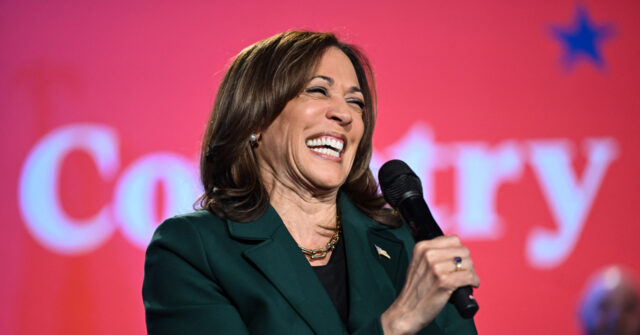In September, the U.S. housing market experienced a significant downturn with existing home sales dropping to their lowest levels in 14 years. Over the course of the month, sales fell by one percent, reaching an annualized rate of 3.84 million units, as reported by the National Association of Realtors. This figure was notably below economists’ expectations, who had forecasted a sales rate of 3.9 million. Moreover, prior months’ data revealed a further decline of approximately 2.5 percent. This indicates a troubling trend reminiscent of the post-mortgage crisis era, specifically in October 2010, when the market was still grappling with the aftermath of the financial crash.
Despite a slight decrease in interest rates in September, the housing market continued to struggle. The average 30-year mortgage rate stood at 6.18 percent at that time; however, this figure has since risen to 6.44 percent. Economists suggest that this increase is likely to persist as long-term Treasury yields continue on an upward trajectory. This persistent elevation in mortgage rates, coupled with overarching economic challenges, has made potential homebuyers hesitant to re-enter the market, especially as many consider the accessibility of home ownership during such trying economic times.
The current political landscape and associated election uncertainty also contribute to the reticence among buyers. Public sentiment appears to favor former President Donald Trump regarding economic performance, with polls indicating a trust margin of eight to ten percent in his favor. However, recent election projections indicating a potential victory for Kamala Harris may have injected anxiety into the market, driving a perception that the economy could take a downturn. Surveys, such as one conducted by YouGov for the Economist, highlight Americans’ concerns that Harris’s presidency might negatively affect economic stability, further paralyzing consumer confidence in making significant financial commitments like purchasing a home.
In addition to the rising costs of mortgages, home prices remain a critical barrier for buyers. In September, the median existing home price reached $404,500, marking a three percent increase compared to the same period last year. Notably, comparing these figures to five years ago during Trump’s presidency, home prices have surged by 50 percent, thereby amplifying affordability challenges. As real estate prices escalate, the overall cost of home ownership—including insurance, maintenance, and accrued interest—has compounded these financial pressures, leaving many potential buyers priced out of the market.
Furthermore, the financial consequences of inflation have compounded the situation for many households. Consumers have increasingly tapped into their savings to cope with high costs, which analysts attribute in part to the budgetary policies of the Biden-Harris administration. These policies have contributed to record-high national debt levels, which have indirect repercussions on consumer purchasing power and overall market dynamics. As consumer confidence wanes, many potential buyers are left in a precarious position, questioning both their economic well-being and the logic of committing large sums to real estate investments.
As the year progresses and economic indicators continue to fluctuate, there is growing concern regarding the overall stability of the housing market. The interplay of rising home prices, enduring inflation, and elevated mortgage rates creates a complex web for prospective homeowners. In this environment, with political uncertainty looming and consumer sentiment remaining shaky, the prospect for recovery or resurgence in home sales appears dim. Ultimately, as these challenges persist, buyers remain apprehensive, which could have long-lasting implications for both the housing market and the broader economy.

